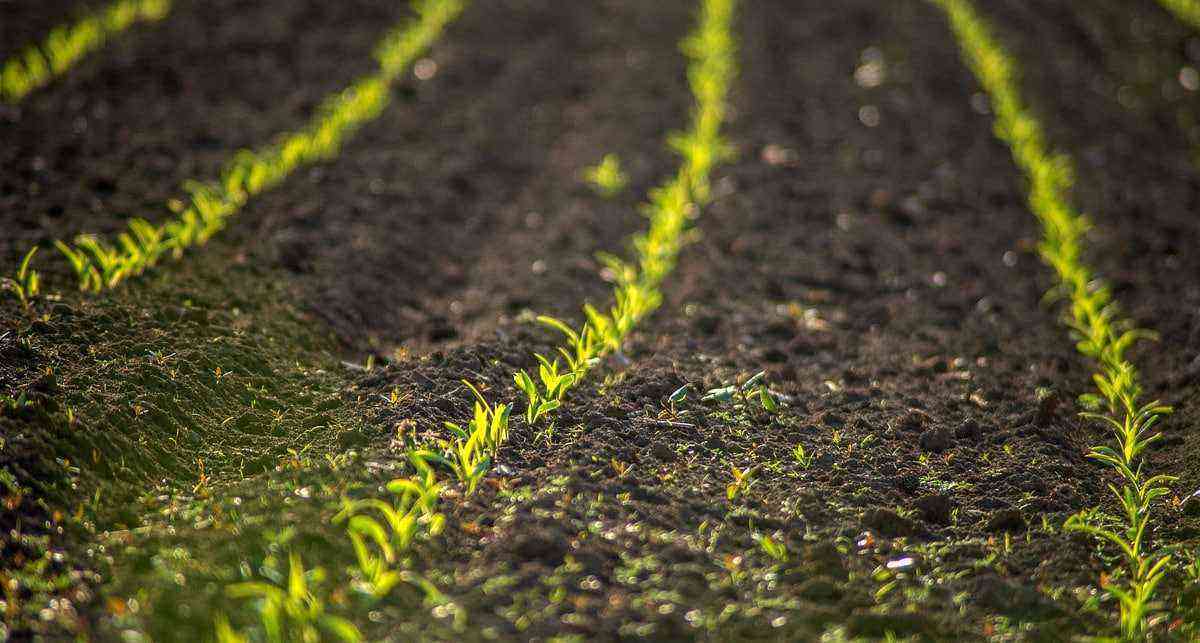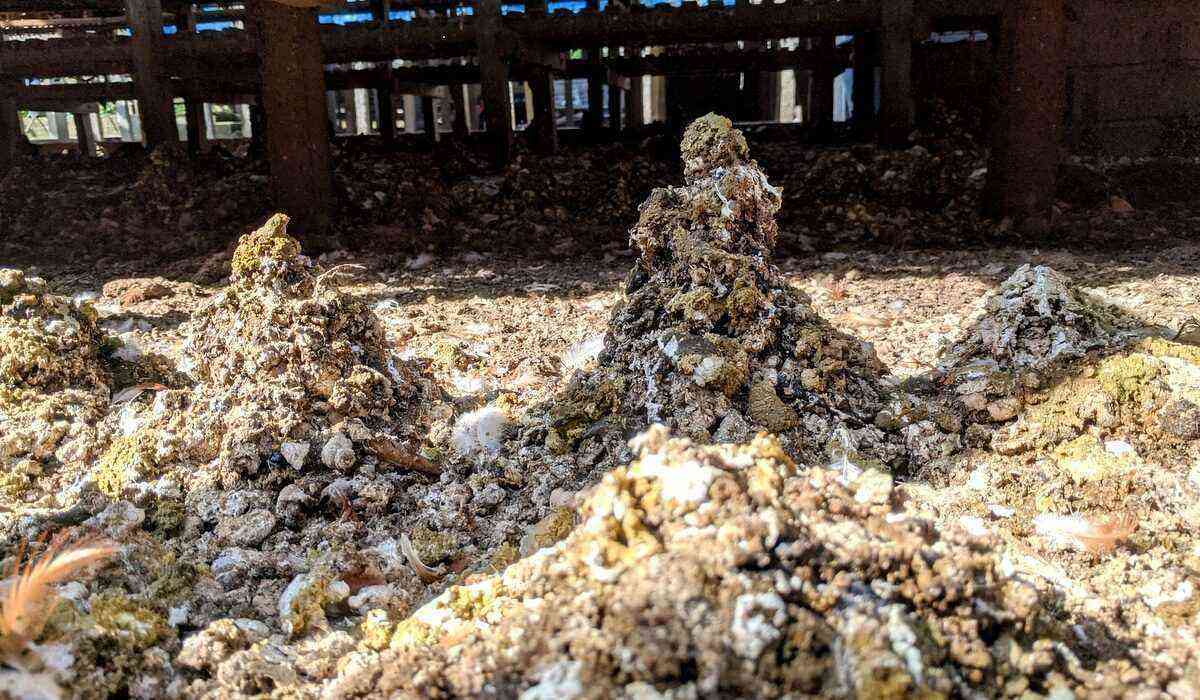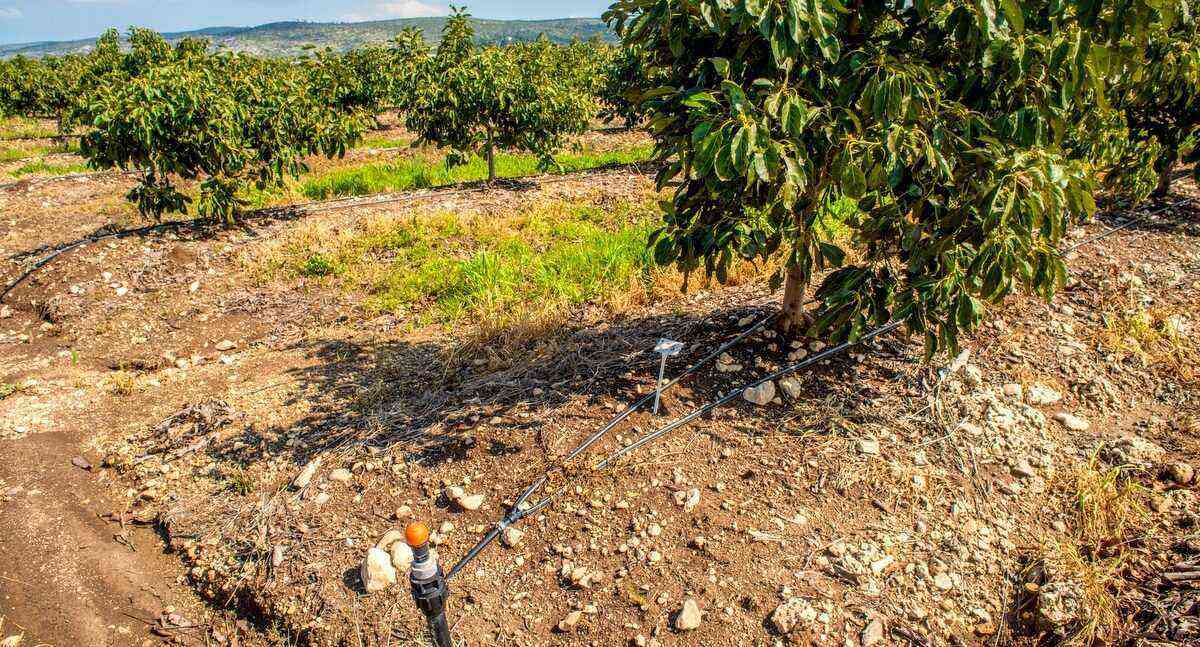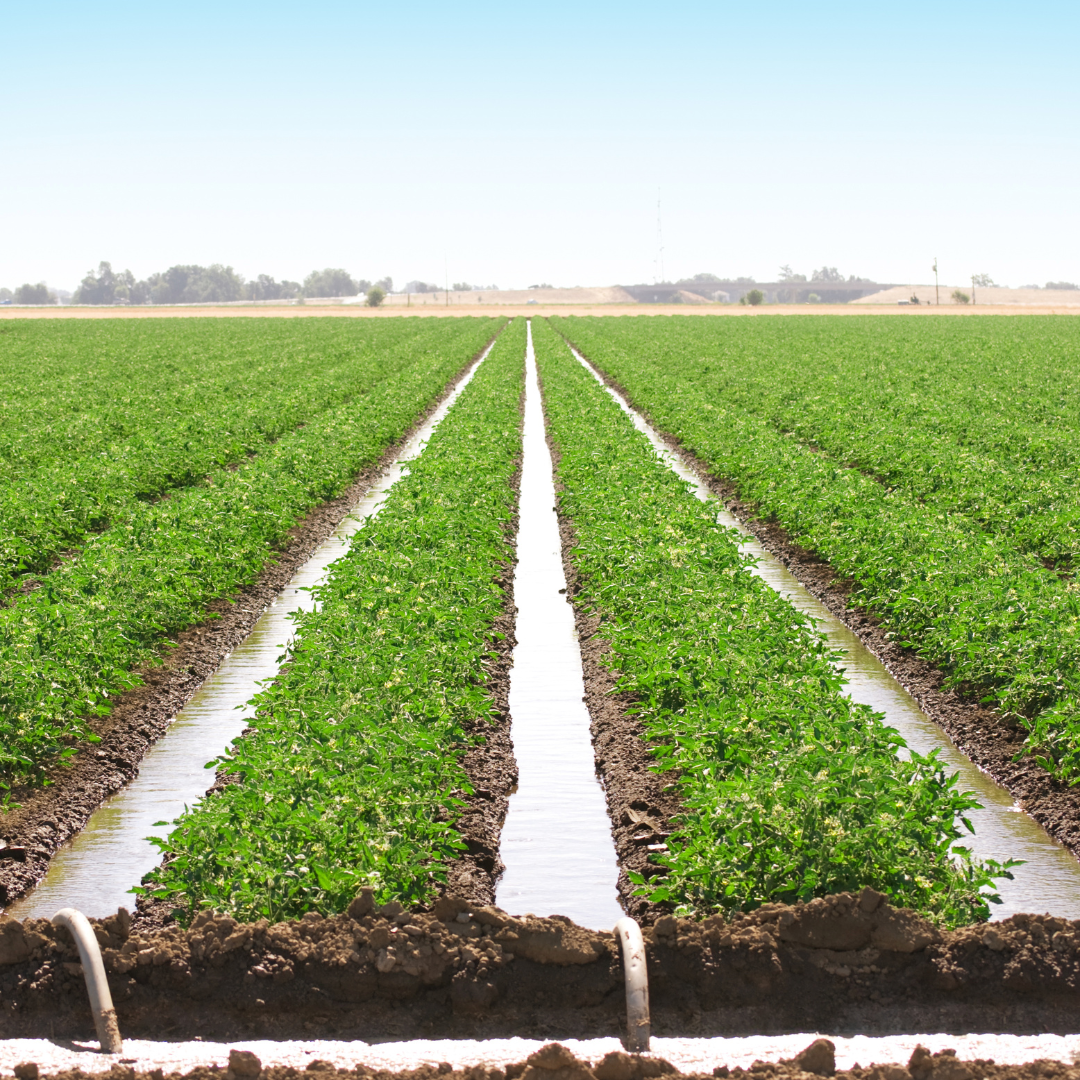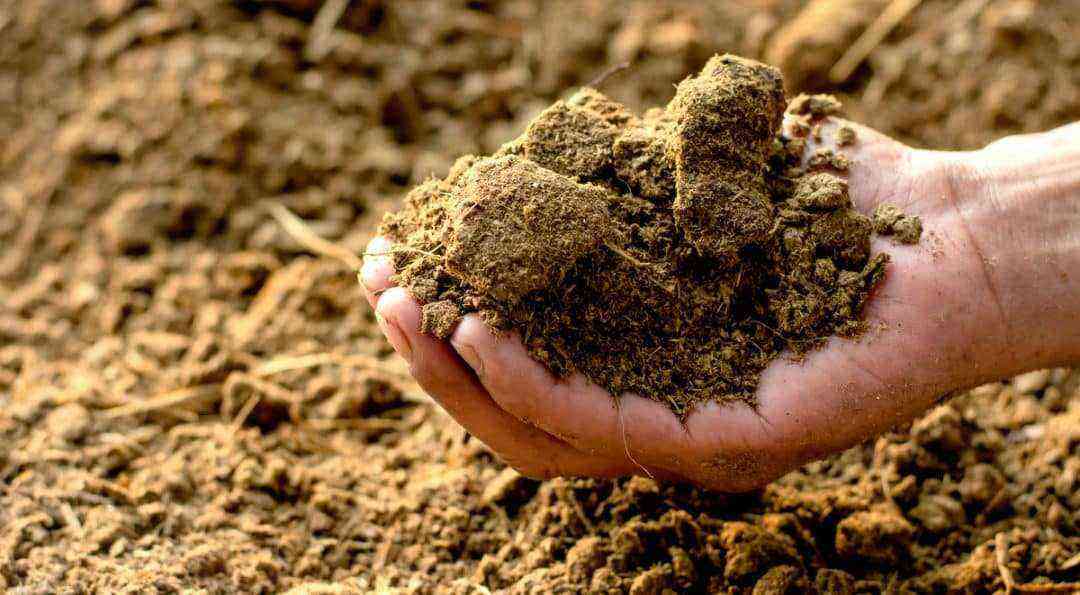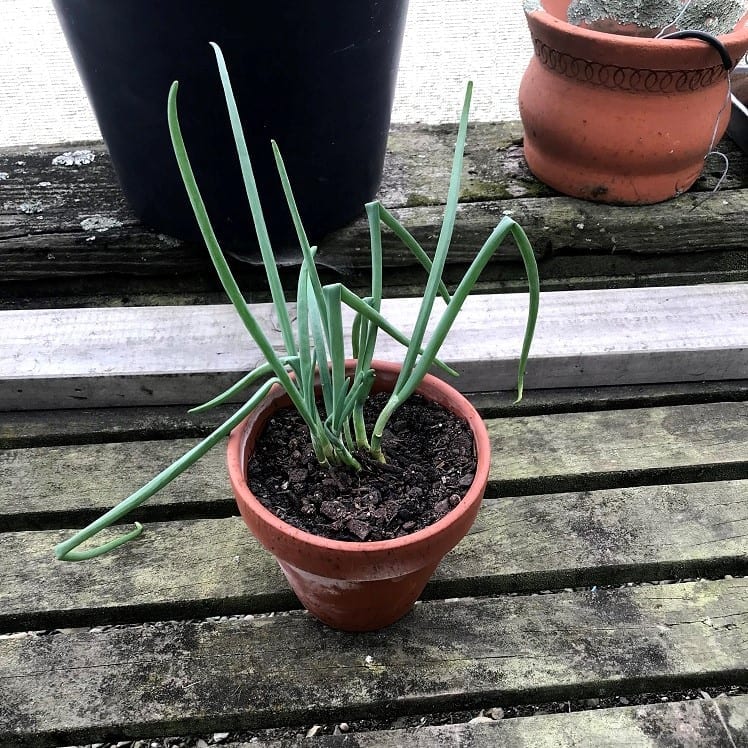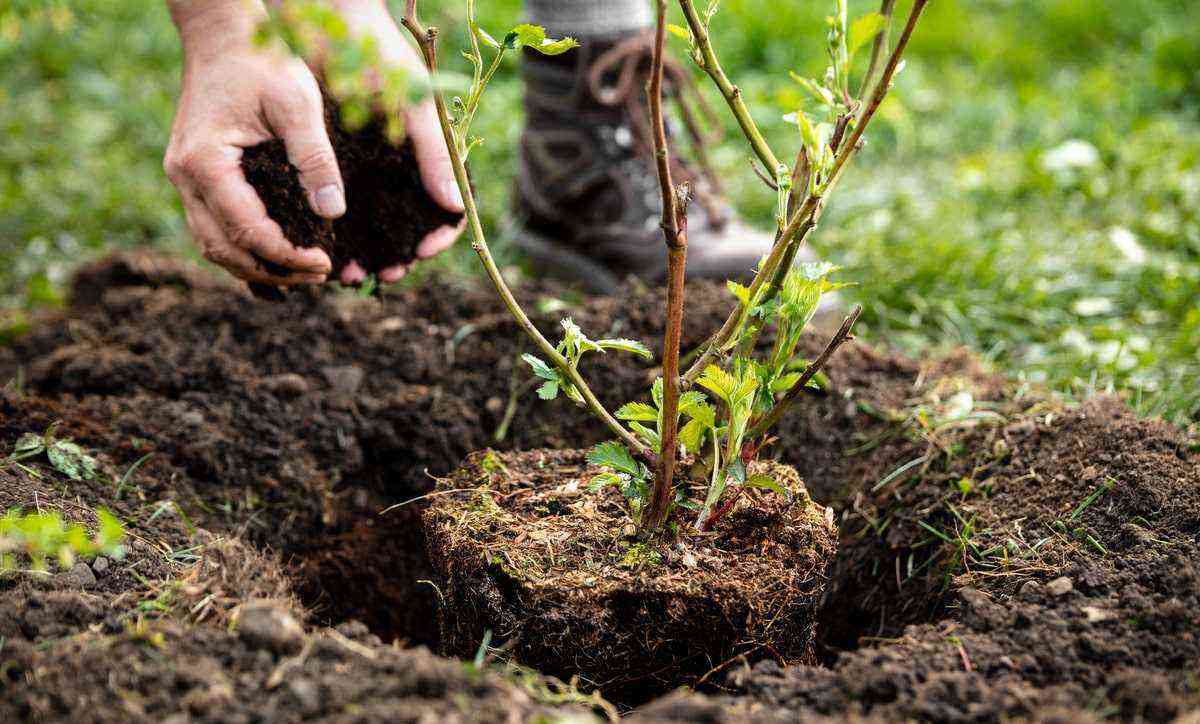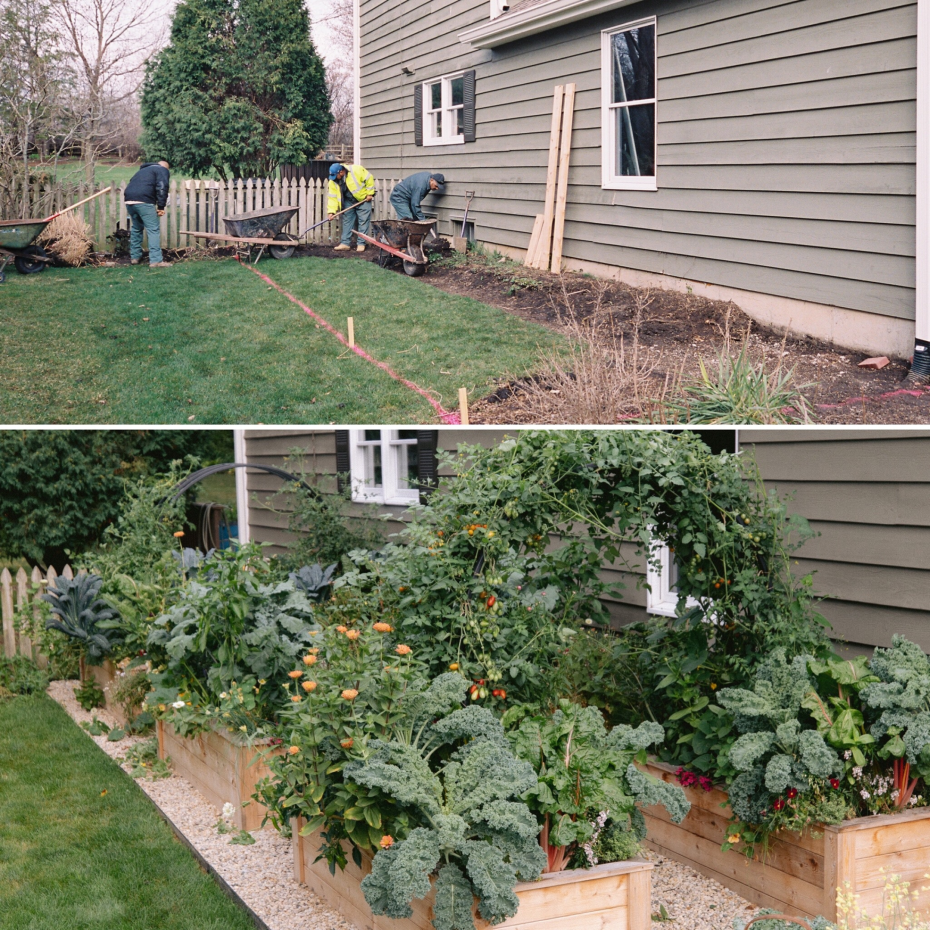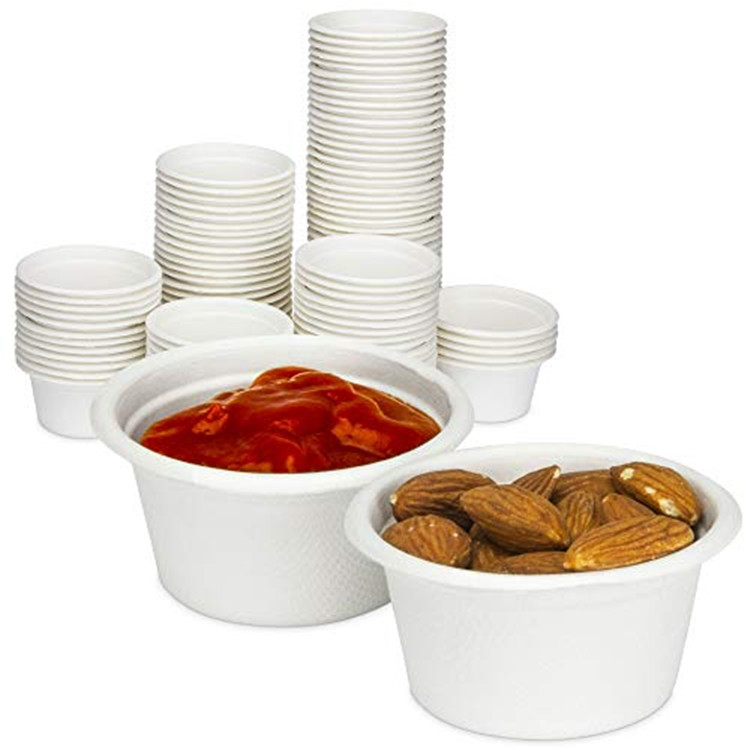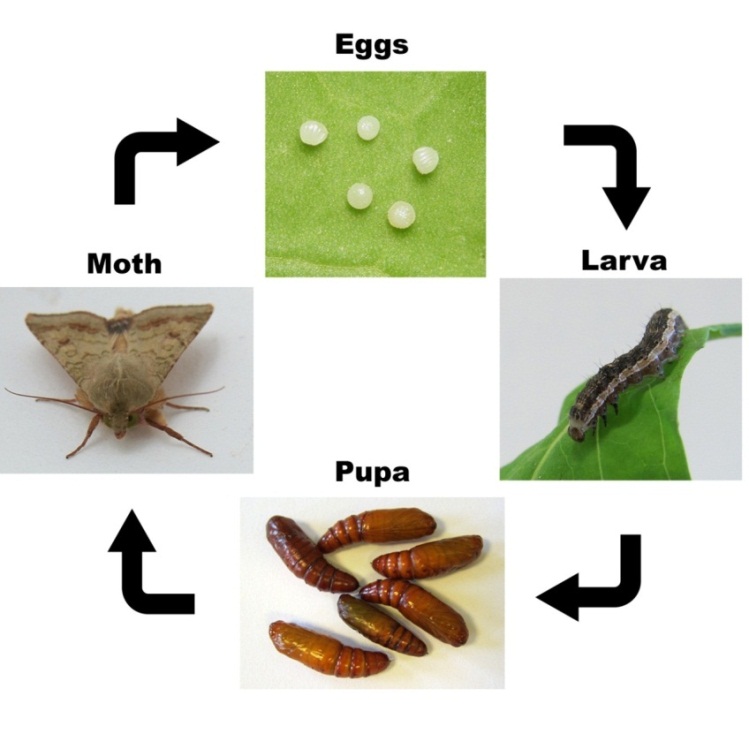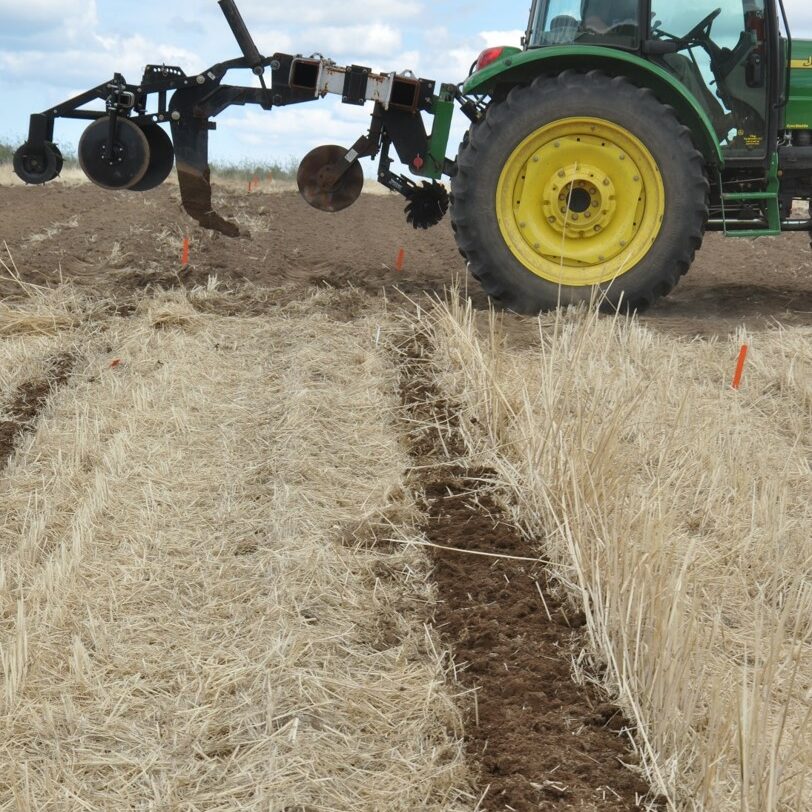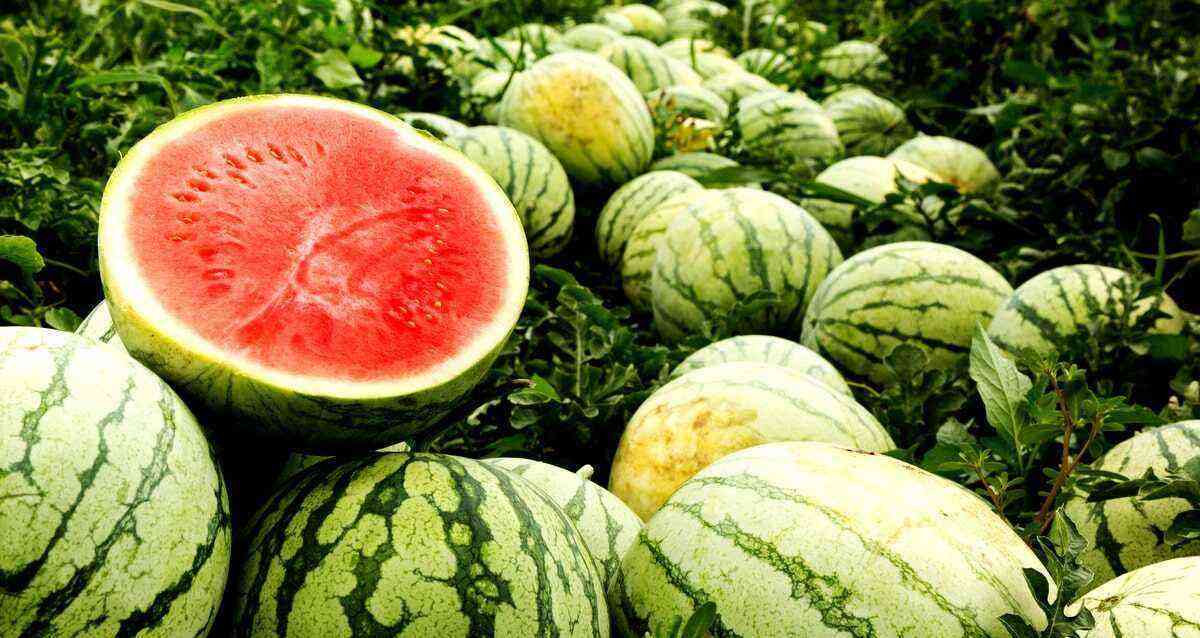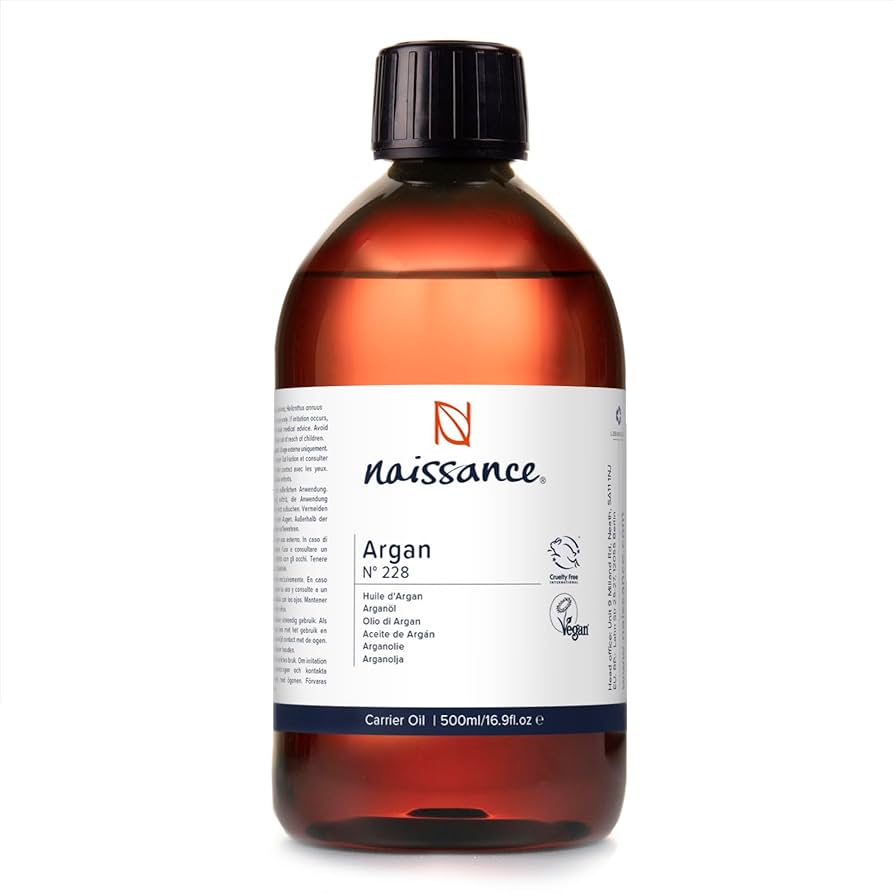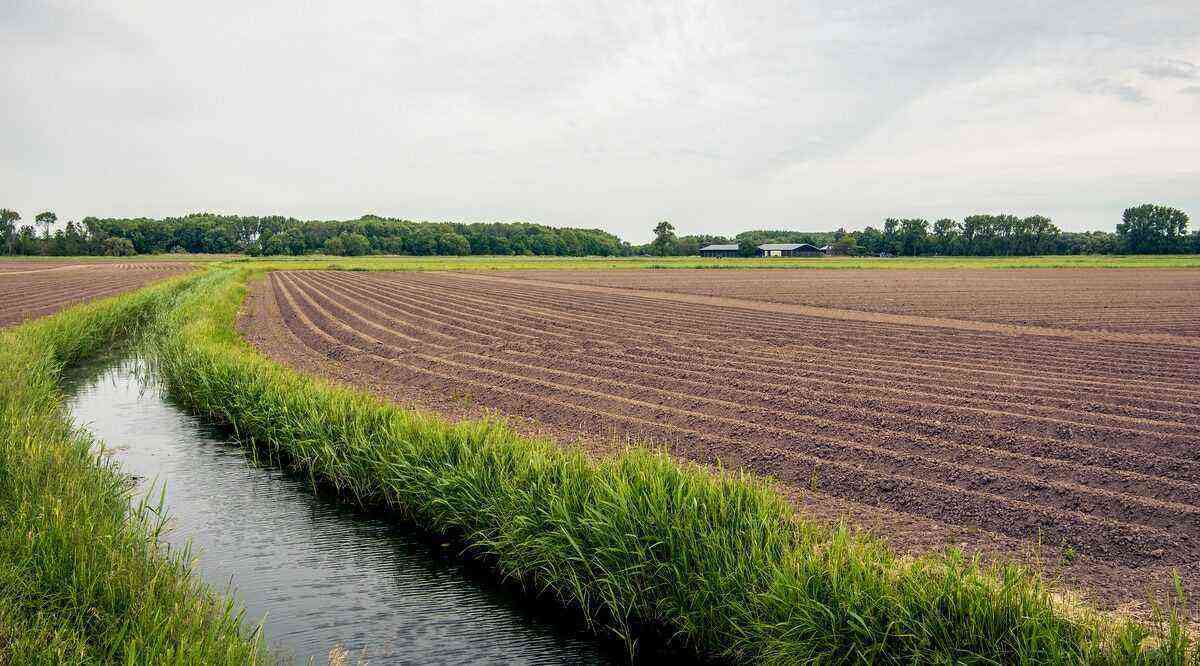Considered a very popular medicinal herb, mint has many health benefits. One of the best known is its tranquilizing effect, helping to reduce symptoms of stress and anxiety in everyday life.
In addition to the numerous qualities that we will present in this article, it is first of all interesting to point out that it is a plant resistant and easy cultivation, which can even be made in a vase. In fact, her very special aroma will “take over” the environment.
In this post we will present the step by step to plant and grow mint at home, in a simple and easy way, in addition to its benefits to our health. Check out!
After all, what is mint?
The mint, scientific name mentha spicata, is a plant of the Lamiaceae family, of the Mentha genus, originally from Europe and South Asia. There are several species, although the most used is green mint or garden mint.
As already mentioned, it is a popular herb and, in addition to being used in the form of tea, it is present in sweets (candy and chewing gum, for example), drinks and can be used as a seasoning.
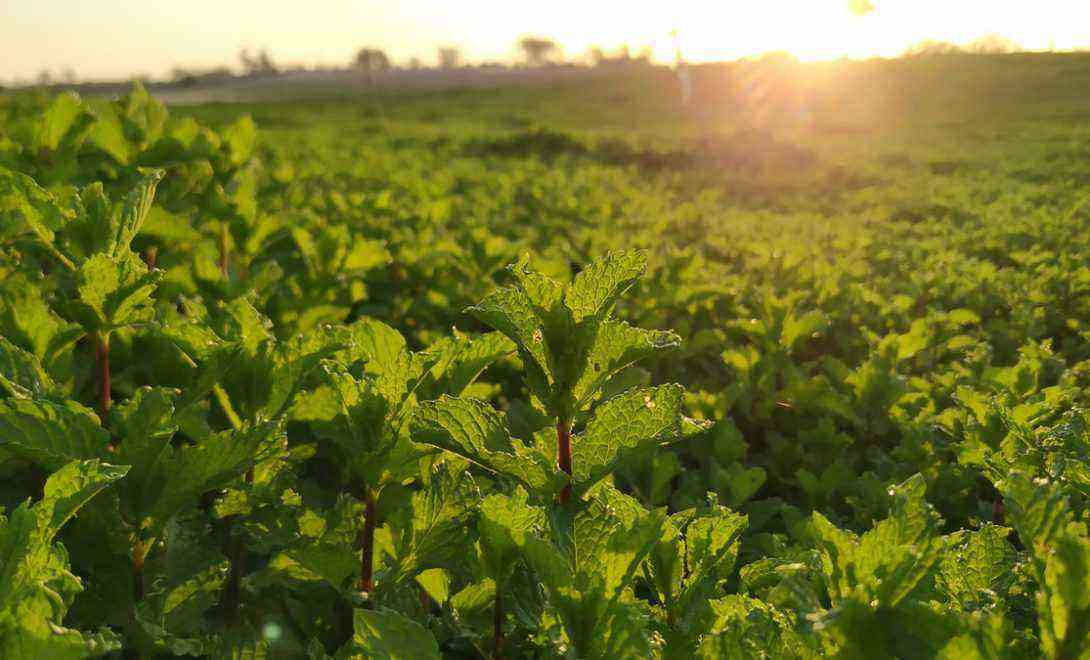 Native to Europe and South Asia, mint is grown all over the world. It is among the oldest herbs used in cooking and medicine, with numerous health benefits.
Native to Europe and South Asia, mint is grown all over the world. It is among the oldest herbs used in cooking and medicine, with numerous health benefits.
Read also: Spices in pots: see how to plant and cultivate.
It’s hard to find a person who doesn’t know or who hasn’t tasted mint yet. This is because it is a very widespread plant that offers several benefits, including factors that can improve health.
How about planting it at home? Next, we’ll show you how to grow it in beds and in pots.
Step by step on how to plant mint at home
If you live in an apartment, for example, and don’t have the space to plant a flower bed, the best option is pots.
It is necessary to use a container with a diameter of 30 cm or 40 cm, because it is necessary to have space for the roots to develop well and the leaves to grow strong.

How about planting mint in pots? With some simple care, it develops very well.
Check out other tips:
1- choose a good land: mint needs fertile soil rich in organic matter. Therefore, fill a third of the pot with organic compost and plant the seedling. Fill the space around it with soil, which will help support the plant;
2- Put just one mint seedling: as it is a plant that grows a lot, do not share the space in the vase with other species because it may harm their development;
3- Lighting care: mint grows best in environments with a good incidence of light. In this way, place the vase in a place that has exposure to sunlight;
4- Water regularly: This plant grows best in moist soil. Depending on the location of the pot and if it is on hot days, watering can be done twice a day. But be careful: the soil should not be soggy because it can harm its development;
5- protect from the wind: mint is a plant that has its growth stunted when it receives a lot of wind and its leaves tend to be very small. So try to protect the vase with mint.
Also check: Greenhouse for plants: types and functions.
plant in beds
But if you live in a house with a yard or garden, you can probably grow a larger crop directly in the ground, without the need for a pot.
 If you have a yard at home, try making a flower bed with mint. It will have many health benefits and very close to you!
If you have a yard at home, try making a flower bed with mint. It will have many health benefits and very close to you!
The recommendations for planting and developing mint are practically the same as for growing in a pot. By the way, remember the lighting detail, that is, choose an area that receives sunlight during most of the day, and also that has fertile soil.
In about a month, your mint should be ready to be picked. In this sense, it is enough to cut the stems above the first or second pair of leaves.
All stems can be harvested up to three times a year, for up to six years without replanting.
Advantages of having this plant at home
Now that you know how to plant and also grow it, it’s time to check out its use in cooking and some of the benefits of mint for our body.
In main dishes, for example, it goes very well with red meats and pasta. In desserts, it always gives the punctual charm and the necessary freshness.
It is also commonly used in drinks, such as pineapple juice with mint, or even in caipirinhas and mojitos.

Mint is widely used in gastronomy. In Lebanese cuisine, for example, it is used in raw, fried or grilled kibbeh.
Health benefits of mint
In addition to its use in gastronomy, it is common to use mint leaves to make tea, which helps in ailments such as nausea, headache, poor digestion, menstrual cramps and insomnia. Just boil the water and add a few leaves. In a few minutes the tea is ready.
Mint contains powerful antioxidants, vitamins A, B6, C, E, K, folic acid and riboflavin. According to studies, this herb has antibacterial, antifungal and anti-inflammatory powers.
 Mint tea is a powerful ally for our body. It brings a number of benefits.
Mint tea is a powerful ally for our body. It brings a number of benefits.
See also other features: Amora: check out how to plant and its benefits.
Another benefit is in treatment of respiratory diseases (such as asthma and allergies) because it helps to clear the airways. Just do mint inhalations or drink its tea.
In addition, it relieves the symptoms of flu, cold, sore throat and dry cough.
In the video below, check out some practical recipes that use this medicinal herb and its benefits to our health:
Conclusion
So, did you like the content? Are you already thinking about planting mint in your home? Do not waste time! On the MF Rural website you will find all the necessary inputs to start your garden.
By the way, for those of you who like to have plants like mint at home, enjoy and access our article on how to plant rosemary, which also brings several benefits to our health. Good reading!

